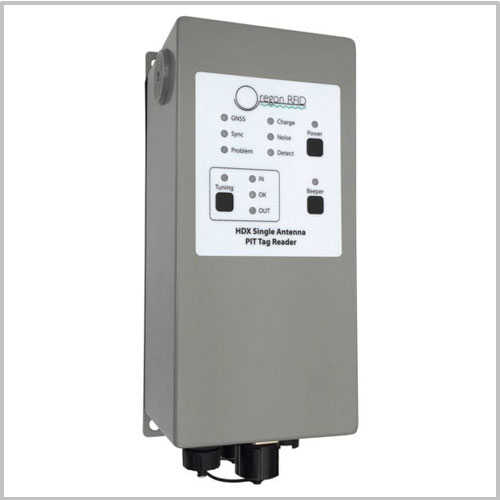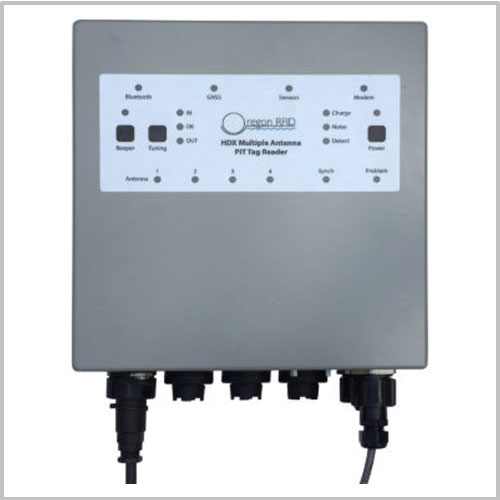Long-Range HDX PIT Tag Readers
Oregon RFID’s ORSR Single Antenna Reader and ORMR Multiple Antenna Reader make it possible to build and install your own monitoring and tracking stations.
The ultimate PIT tag reader for fish and wildlife tracking
When you’re out in the field, you need easy-to-use technology. That’s where our ORSR Single Antenna Reader and ORMR Multiple Antenna Reader stand out. Using HDX technology, these readers are uncomplicated to set up – making an antenna can be as simple as placing a wire loop across a stream. For fishways or culvert antennas, you can use materials like wood, PVC pipe, and HDPE to anchor the wire loops. Contact our tech support team if you need assistance.
Our plug-and-play PIT tag readers automatically shut off when the battery gets low in order to avoid damage and go back on when the powers return. Plus, our single antenna reader does double duty as a reader for mobile operation that records the GNSS location with each detection.
Benefits
ORSR Single Antenna Reader &
ORMR Multiple Antenna Reader
- Easy to set up and use
- Designed for long term unattended operation
- Visually subtle and less prone to weather and vandalism
- A sealed aluminum enclosure features waterproof connectors and a watertight front panel
- GNSS receiver and Bluetooth interface are included
- Android app to configure the reader and collect log files
- Enjoy free technical support and firmware upgrades for the life of the product
Featuring the latest reader technology
Our RFID PIT tag readers include many feature enhancements
Precision timing for reader synchronization
To produce a clock accurate to within fractions of a millisecond of UT, a GNSS receiver uses signals from GPS, GLONASS, Galileo, and QZSS satellites. This precise timing is necessary to synchronize the reader’s charge and listen cycles to eliminate interference between readers.
Accurate Time
In the event a satellite signal fades, a temperature-compensated oscillator will maintain accurate time until it is acquired again. The location of each tag is stored in the detection record.
Synchronization
If no satellite signals are available for synchronization, CAT5 cables up to 1000 m long can be connected between readers to synchronize them. Note: In this use case, one reader automatically becomes the network host in order to generate signals and time standards for the other readers.
The ORSR has an internal expansion slot that can be used to add a wireless serial Bluetooth or cellular data modem option. The ORMR already includes a Bluetooth interface and has a socket to add a cell modem.
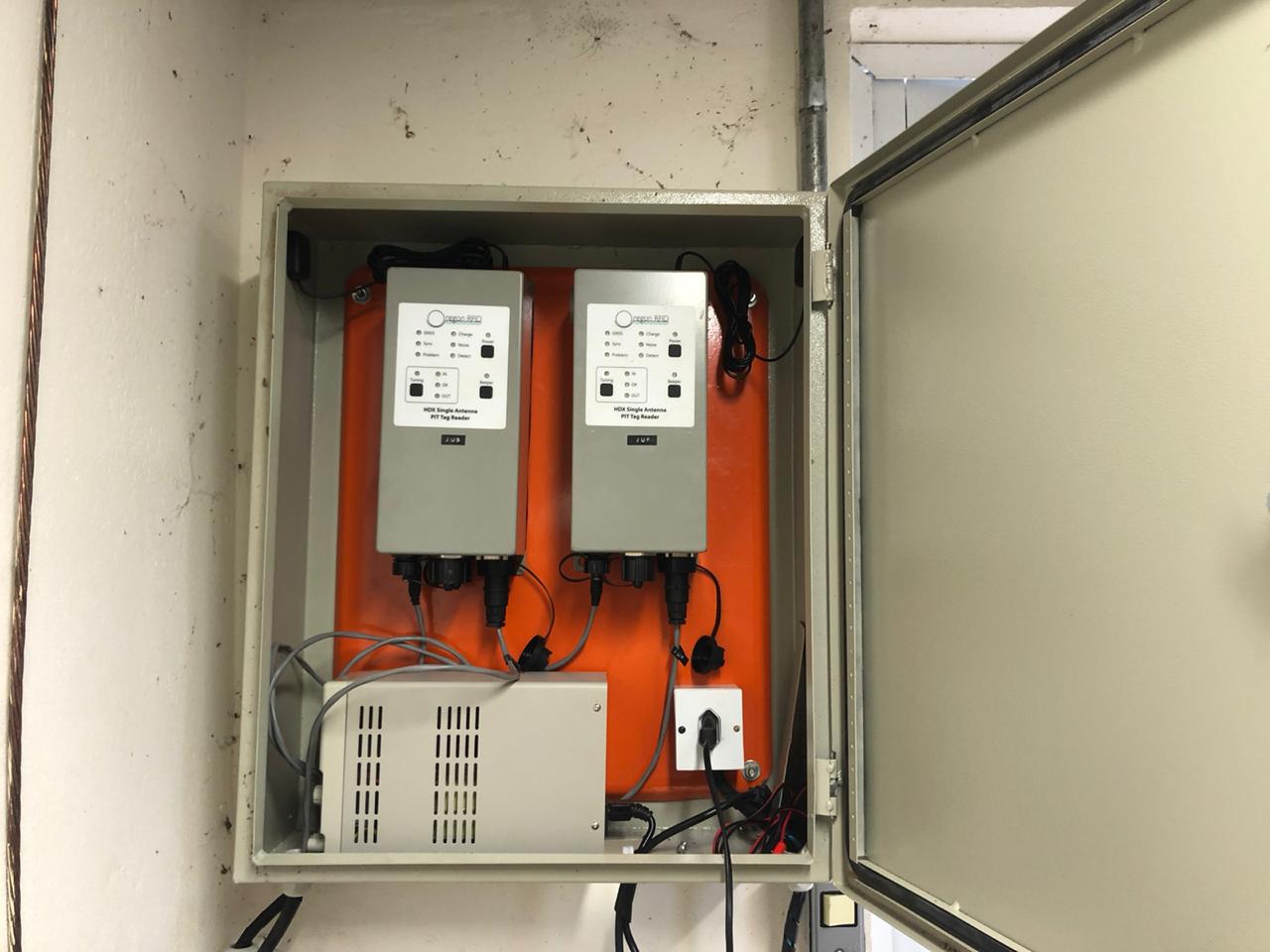
Batteries
Our RFID PIT tag readers will operate at 12 volts DC for a period of 7 to 10 days when using two large deep cycle marine batteries (depending on antenna design and battery capacity). Solar, micro-hydro, thermoelectric, or AC power can also be used for long-term, continuous operation.
Antennas
HDX PIT tag antennas are simple wire loops that range from a few centimeters in diameter up to 60 meters across, and they tune in just a few seconds with the push of a button. Our readers also include analysis functions that are useful when building an antenna. Key metrics, including antenna inductance, voltage, amperage, and Q, are measured to provide useful feedback. Additional antenna features:
Dual Pole Switching
The ORMR antenna switching circuit uses dual pole switching to isolate each loop and prevent crosstalk by shunting the unused antennas.
Antenna Tuning
Antennas are tuned by pushing a button. The readers can be configured to tune periodically for installations where the antenna shape changes with water level or with tidal conductivity changes in an estuary.
Break Detection
Automatic detection of broken antennas will stop the reader from scanning to prevent damage to the electronics — helpful where antennas can be damaged by floating debris.
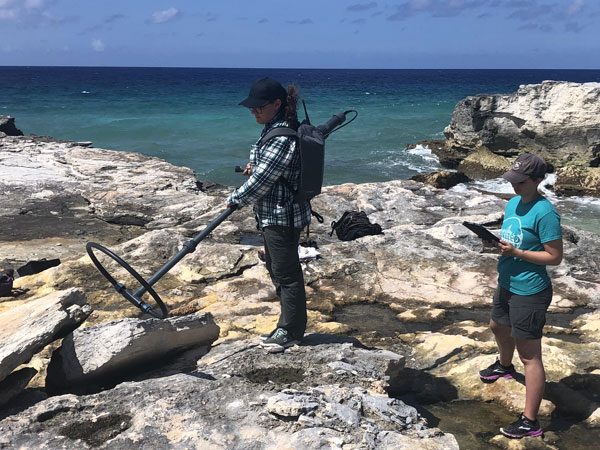
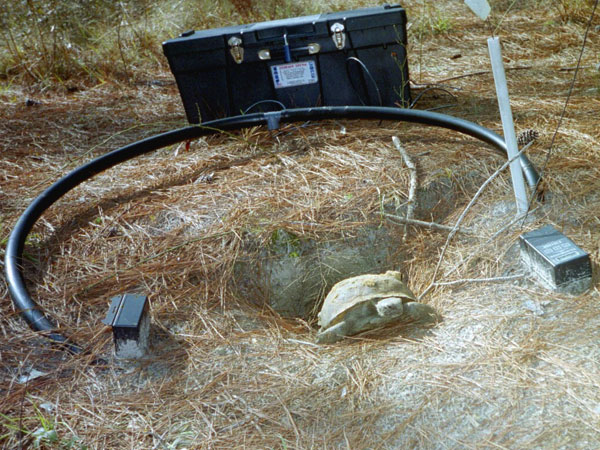
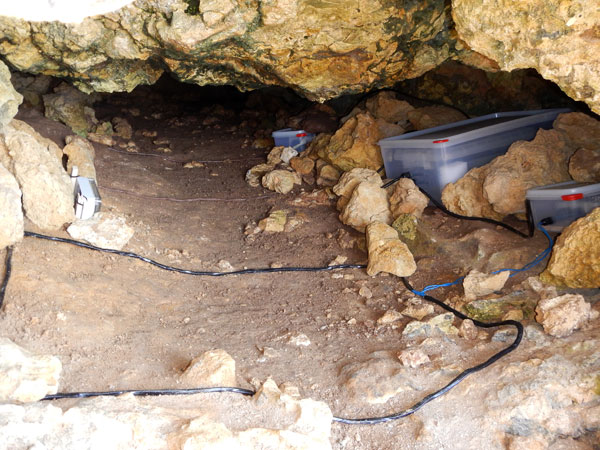
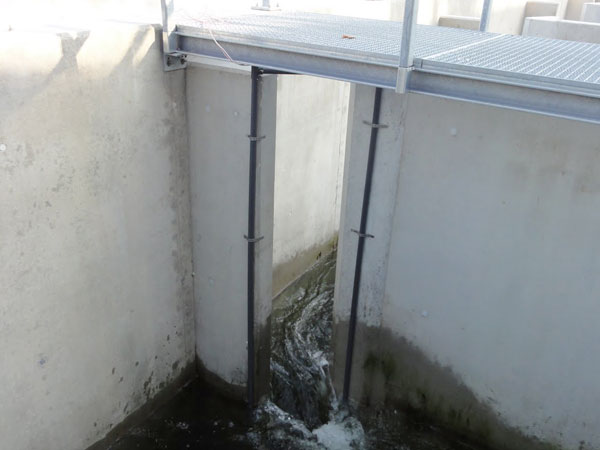
Speed
The read speed of our PIT tag readers is adjustable, between 1 to 40 scans per second.
Power Consumption
Power consumption is regulated by the ratio of the tag charge pulse to the listen time. The scan speed should be fast enough to reliably read a tag a few times as it passes through the field. Slowing the speed extends the runtime for systems operating from batteries.
Fast Scan Mode
When enabled, if no tag is present a fast scan mode will shorten the listen phase of the HDX cycle to just a few milliseconds. When a tag message is identified, the listen phase extends to read it. Note: This feature can only be used with standalone readers since it cannot synchronize with other ones nearby.
Detection Records
Units are equipped with 16 GB of flash memory for storing millions of detection records, along with other operational data. Each detection record includes dozens of fields, such as tag ID, timestamp, signal strength, supply voltage, and noise level. Output reports can be customized to select data fields for the purpose of displaying a GNSS location on a mobile reader, for example.
The datalogger records the PIT tag reader status every minute it is operating.
This diagnostic data is extremely useful for identifying and solving problems.
In addition to detection records, a tag archive of up to 4,000 tag numbers and detection time is kept. This information is collected to track when an animal was last seen at a food/water source or other detection location.
Low voltage shut-off
Our RFID PIT tag readers include an automatic low voltage shut-off feature that activates when the voltage falls below 10 volts to protect batteries from excessive discharge damage. When the power returns, the reader will start scanning again.
The ORSR has an internal expansion slot that can be used to add a wireless serial Bluetooth or cellular data modem option. The ORMR already includes a Bluetooth interface and has a socket to add a cell modem.
More features you'll enjoy
- Datalogger files and reader settings are easily accessible by a serial or Bluetooth port. Note: Bluetooth is optional on ORSR.
- A proximity beeper mode makes it easier to locate tags with mobile antennas — the closer the antenna is to a tag, the faster it will beep.
- The ORSR can be used with our Mobile Kit, which adds a backpack, portable antenna, and Lithium battery for 4 hours of operation (at 10 scans/second).
Specs
- Bluetooth: Standard on the ORMR, and optional on the ORSR.
- Dimensions: ORSR 4 x 5 x 10.5 in / ORMR 10 x 13 x 26.5 cm
- Power 7 to 20 volts DC, 1 to 3 A (depending on configuration)
- Weight: ORSR 2.8 lbs. / ORSR with Bluetooth 3 lbs. / ORMR 5.2 lbs

